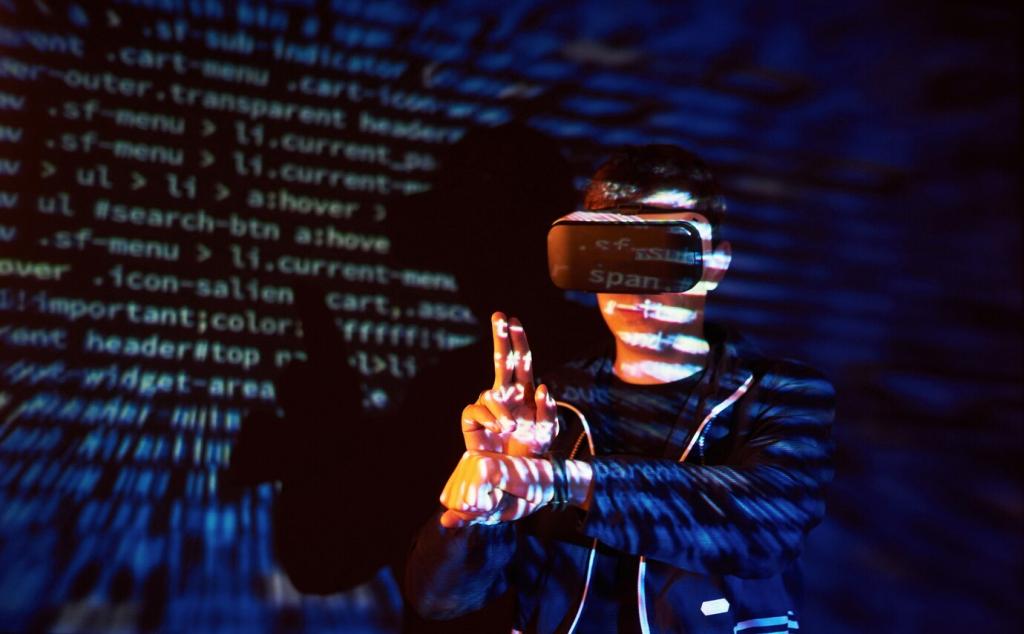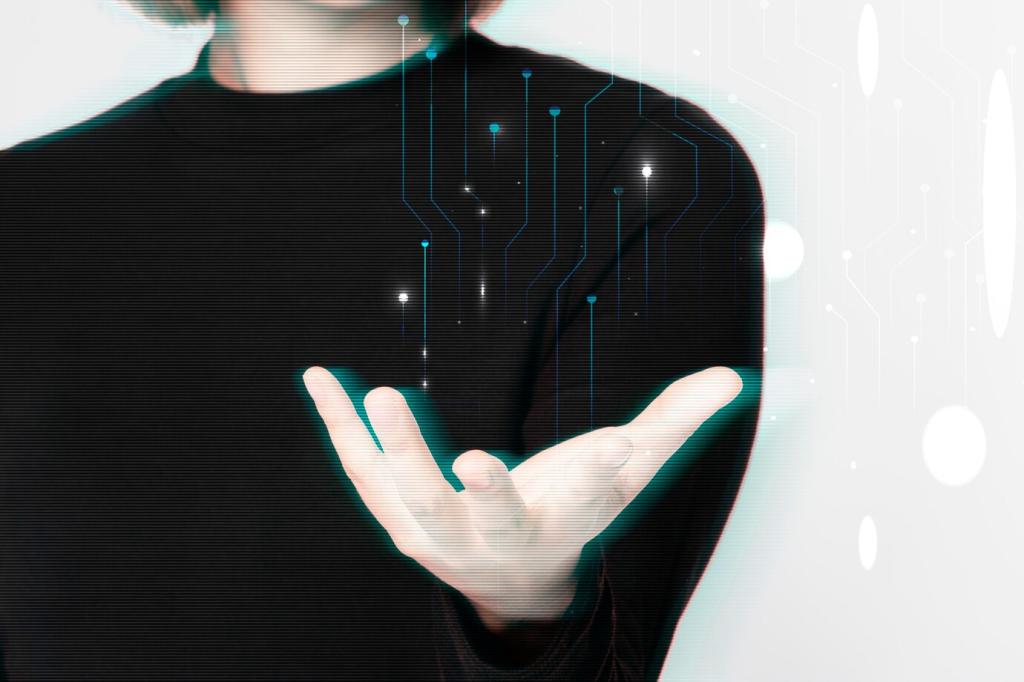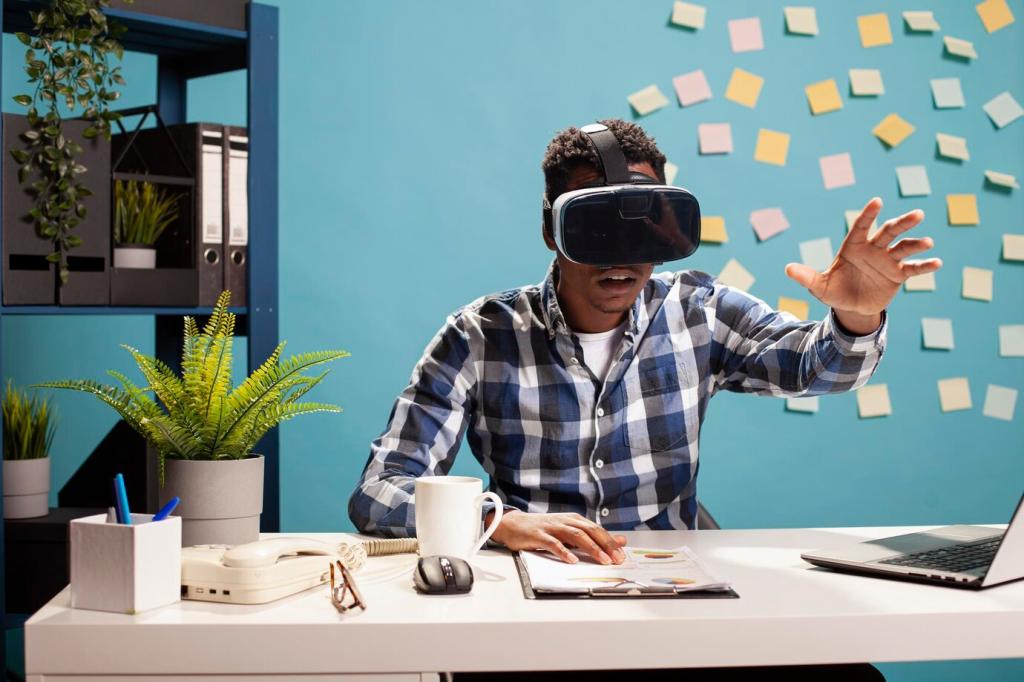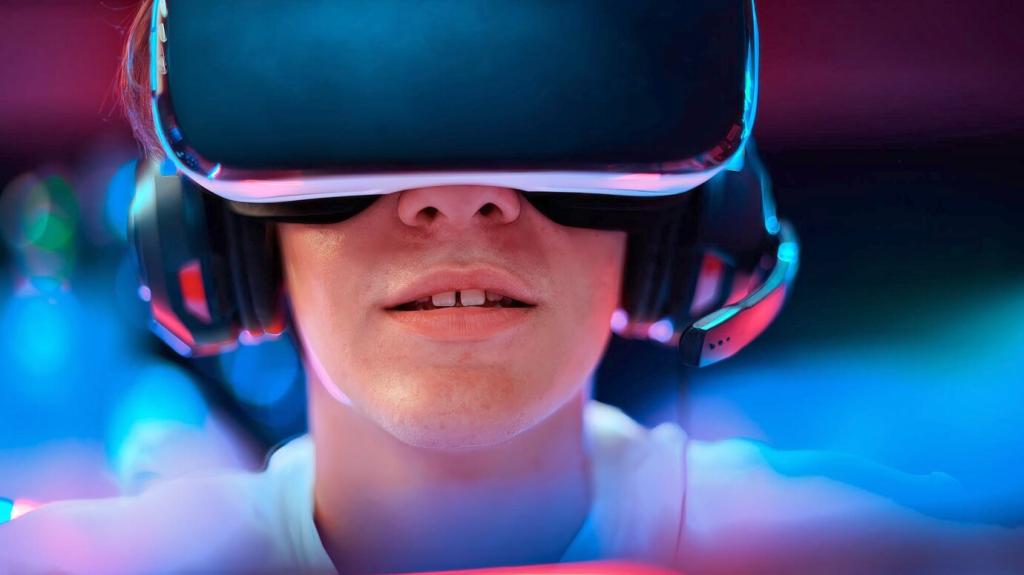This website uses cookies so that we can provide you with the best user experience possible. Cookie information is stored in your browser and performs functions such as recognising you when you return to our website and helping our team to understand which sections of the website you find most interesting and useful.

AI-Powered Tools for Artists
Embracing technology is more crucial than ever for creative professionals in today’s rapidly evolving art world. AI-powered tools have emerged as vital companions for artists, offering innovative ways to create, collaborate, and refine their artworks. These tools not only streamline workflows but also expand the boundaries of possibility, enabling artists to realize their ideas in previously unimaginable ways. From generating unique artwork variations to assisting in color selection or automating mundane tasks, artificial intelligence can elevate an artist’s creative journey, marrying human ingenuity with the latest advancements in machine learning and deep learning. This fusion is transforming the landscape of art for both emerging and accomplished creators.
Unlocking Creative Potential
Generative Art Algorithms
AI-Assisted Sketching
Dynamic Style Transfer
Enhancing Artistic Productivity
Automated Colorization

Expanding Artistic Horizons

Batch Image Processing
Automated Metadata Tagging
Content Versioning and Archiving
Facilitating Learning and Skill Development
Personalized Art Coaching
Interactive Technique Tutorials
Crowdsourced Style Analysis


